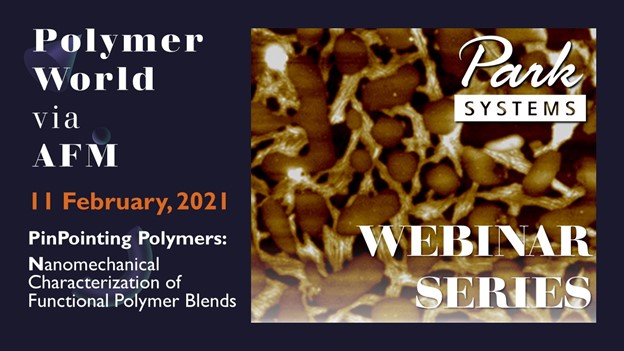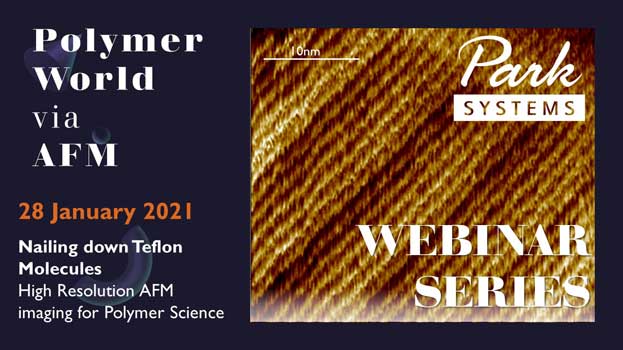氟化钙薄膜的介电性能
2021年1月28日*星期四
北京时间东八区上午11:00-12:00
*Note: This webinar will be presented in Mandarin /中文


通过导电原子力显微镜观察到的氟化钙、二氧化硅、二氧化钛和六方氮化硼的纳米级电均匀性。
由于二维材料与传统三维电介质间问题性界面的存在,二维材料在固态电子器件和电路集成的应用极大被限制。然而不同于传统的三维介电材料,氟化钙与二维材料间形成的准范德华界面能大大提高界面间兼容性。从材料的可靠性角度出发,我们通过导电原子力显微镜测试收集多个不同位置的漏电流以及超过3000条伏安曲线,系统地证明了超薄氟化钙具有优于二氧化硅、二氧化钛和六方氮化硼的优异电学性能(即高均匀性、低漏电流以及强介电强度)。

主讲人:
文超
2018年,文超在武汉理工大学获得物理学理学士学位;同年,她进入苏州大学功能纳米与软物质学院,现在为硕士三年级在读生。2019年,文超前往西班牙罗维拉-威尔吉利大学进行研究学习,并获得纳米学硕士学位。文超的研究重点是利用导电原子力显微镜来表征电介质的纳米级电学性质,进一步发展二维材料在电子器件上的应用。她已经在各期刊发表了8篇SCI论文,包括Nature Electronics,Advanced Materials(一作), Advanced Functional Materials, ACS Applied Materials and Interfaces(一作)等。同时,她也是Scientific Reports 和Microelectronic Engineering的审稿人。
PinPointing Polymers: Nanomechanical Characterization of Functional Polymer Blends
Thursday, 11 February, 2021
- 10:00 am – 11:30 am
(GMT)
London, Dublin - 11:00 am – 12:30 pm
(CEST)
Berlin, Paris, Rome - 18:00pm – 19:30 pm
[UTC+9]
Seoul - 18:00pm – 19:30 pm
[UTC+9]
Tokyo
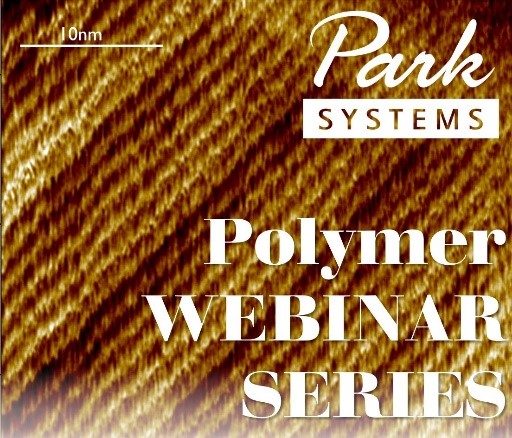
Polymer based blends and composites are a key area of materials research activity. For example,
blends of polymers are used in optoelectronic devices for charge extraction, and biopolymers
which change their mechanical character upon environmental influences. Like bio-molecules, a
hierarchy of structure exist in synthetic polymers as well. Synthetic polymers allow control of
bulk properties from bottom upwards in hierarchical manner. For example, composition of the
macromolecular chain, chain conformation in an ensemble, and its blend/composite with other
materials are all parameters for enhancing their performance. Tuning of bulk properties by
adjusting structure at these widely varying scales is at the core of study and development of
polymers. Therefore, visualizing structure at nanometers to hundreds of micrometers provides
insight for both fundamental and applied research. Moreover, for functional polymers correlating
their electrical, piezoelectrical, and nanomechanical properties with macromolecular structure
is a significant task. Atomic force microscopy-based techniques are ideal for investigations of
functional characteristics simultaneously with structure in a wide range of environmental
conditions.
In this webinar, we will describe and demonstrate polymer characterization using PinPointTM
mapping on Park System’s NX10 atomic force microscope. Additionally, we will demonstrate example
measurements where electrical property maps are acquired simultaneously with topography and
nanomechanical maps.
[1] Vancso, G. and Schönherr, H., “Scanning Force Microscopy Of Polymers” 1st ed.
Springer-Verlag Berlin Heidelberg.
[2] Hayakawa, T. and Horuchi, S. “From Angstrom to Micrometers: Self-Organized Hierachical
Structure within a Polymer Film” Angewandte Chemie, 42, (2003)
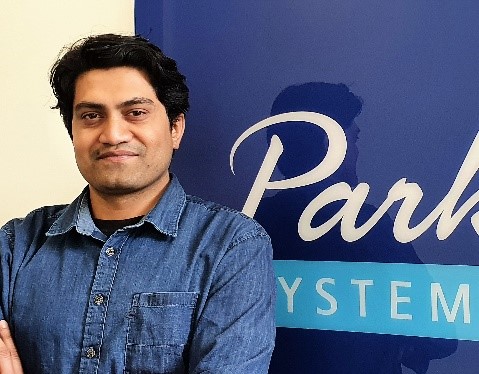
Presented By :
Abdul Rauf, Application Scientist at Park Systems
Europe
Abdul is an Application Scientist at Park Systems Europe, where he supports development of AFM solutions for customers. He had his training as a polymer materials’ engineer with emphasis on elastomer blends and composites. Abdul has expertise in characterization of macromolecular systems at interfaces. He worked on his doctoral thesis in the group of Prof. Jürgen P. Rabe in Humboldt-Universität zu Berlin, where he acquired expertise in morphological and nanomechanical characterization of thin films confined in interfaces. His work in Berlin also included study of two-dimensional materials such as monolayers of Graphene, Hexagonal Boron Nitride, and Transition Metal Dichalcogenides as sensors for strain transfer across atomic interfaces.
二维材料界面结构与性质的原子力探针显微学研究(3)-力学结构与电学性质综合研究
2020年12月8日*星期四
北京时间东八区上午11:00-12:00
*Note: This webinar will be presented in Mandarin /中文
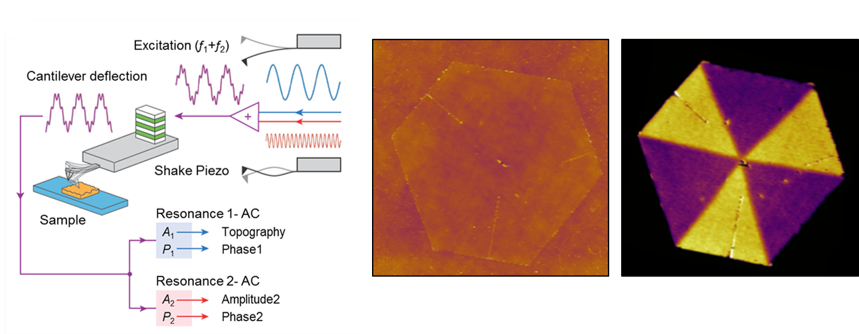
近年来,由于其潜在的巨大应用价值,关于二维层状材料的基础和应用研究方兴未艾,核心工作是理解和控制其多种多样的有趣性质。之前的研究工作主要集中在二维材料的面内结构,多种多样的层间相互作用在调控其力学、电学、热学以及光学等性质方面也有重要作用。虽然已有许多实验和理论研究工作来表征和理解这些界面结构,但对于界面行为是如何影响其物理与化学行为的仍然不是特别清楚。一个重要原因是,内部界面结构的直接微观成像和性质研究在实验技术上是相对比较困难的。
在之前,报告人已经针对的AFM的基础知识、基本模式以及功能化AFM探测模式进行了介绍。本系列报告,将基于我们在原子力显微术的技术研究工作,利用多种先进原子力显微术针对二维材料的本征界面、异质界面以及材料/基底界面开展的研究工作。在每次报告中,我们首先将在较为详细地介绍主要使用的先进AFM模式的基本原理、技术实现及其相关应用。在此基础上,介绍我们利用该AFM模式所开展的关于二维材料界面结构与性质方面的研究工作。希望通过本系列报告有助于相关AFM使用者能够利用比较复杂的AFM功能模式开展研究工作。
本次报告是《二维材料界面结构与性质的原子力探针显微学研究》系列的第三次报告。在前面两次报告中,我们分别围绕AFM的电学测量模式,针对二维材料的界面电学性质,以及围绕接触AFM模式下的力学成像功能,针对二维原子晶体的晶格成像和应变结构成像来展开报告。在本次报告中,我们将针对二维材料体系的界面力学应变及其对电学性质的调控等问题,结合AFM的高分辨成像、力学与电学功能化探测模式来展开报告。
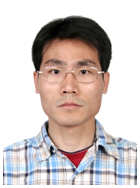
主讲人:
程志海教授
中国人民大学物理学系教授,博士生导师,基金委优青,中国仪器仪表学会显微仪器分会理事,中国硅酸盐学会微纳米分会理事。2002年毕业于大连理工大学物理与光电工程学院应用物理系。2002-2007年,在中国科学院物理研究所纳米物理与器件实验室硕博连读,获凝聚态物理博士学位。2004年7月至2005年1月,在德国柏林自由大学物理系及实验物理研究所做访问学者,2007年8月-2011年7月,在美国加州大学Riverside分校化学系及纳米科学与工程中心从事博士后研究。2011年8月-2017年月,国家纳米科学中心(中科院纳米标准与检测重点实验室),任副研究员/研究员。曾获中国科学院“引进杰出技术人才计划”(技术百人计划)和首届“卓越青年科学家”,卢嘉锡青年人才奖获得者,青年创新促进会会员并获首届“学科交叉与创新奖”等。目前,主要工作集中在先进原子力探针显微分析技术及其在低维与表面物理、纳米科技等领域的应用基础研究。
Nailing down Teflon Molecules - High Resolution AFM imaging for Polymer Science
Thursday, 28 January, 2021
-
10:00 am – 11:30 am
(GMT)
London, Dublin -
11:00 am – 12:30 pm
(CEST)
Berlin, Paris, Rome -
18:00pm – 19:30 pm
[UTC+9]
Seoul, Tokyo -

Various macroscopic properties of polymers are strongly influenced by packing and conformation of individual macromolecules as well as their monomer composition. Therefore, being able to resolve individual polymer chains in real space is crucial in understanding the overall structure of polymers.
In this webinar, we will demonstrate how atomic force microscopy (AFM) can be used to acquire ultra-high-resolution images of individual PTFE-molecules on the semi-crystalline surface of commercial Teflon tape. Both high resolution and high-speed scanning capabilities of Park Systems NX20 AFM will be demonstrated on the real-world polymer sample.
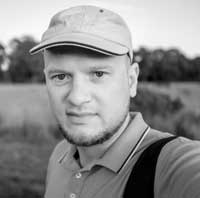
Presented By :
Dr. Vladimir Korolkov, Senior Application Scientist at Park Systems UK
Vladimir received his PhD in Chemistry from Moscow University in 2008. Then, he moved to the University of Heidelberg and specialized in X-ray photoelectron spectroscopy of thin films, following by the position at the University of Nottingham, where he discovered his passion for Scanning Probe Microscopy (SPM), and became a strong advocate of SPM techniques to unlock structure and properties at nanoscale. He pioneered the use of higher eigenmodes of standard cantilevers to routinely achieve resolution that was previously thought to be exclusively limited to STM and UHV-STM. Vladimir published more than 40 scientific papers, including three in Nature family journals. He left academia in 2018 to contribute to the industrial site of SPM technology.
Aplicaciones en baterías de Litio Azufre y en sistemas biológicos de la Microscopía de Sonda Local - 27 November, 2020 (Spanish/español)
Friday, November 27, 2020
*Note: This webinar will be presented in Spanish/español
- 10:00 AM
(CDT)
MEXICO / COLOMBIA - 8:00 AM
(PST)
LOS ANGELES / TIJUANA - 12:00 PM
(UCT)
BRASIL / ARGENTINA - 5:00 PM
(CEST)
ESPANA
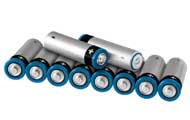
La microscopía de sonda local (SPM) es una de las herramientas más versátiles para la visualización y caracterización de micro y nano sistemas. Durante este webinar se presentarán dos diferentes aplicaciones multidisciplinarias de las SPM. La primera acerca de la modificación químico-física de separadores poliméricos de baterías de Litio-Azufre. Los separadores Celgard 2400 modificados se prepararon revistiendo el lado del cátodo con una mezcla de negro de carbón / quitosano o negro de carbón / fluoruro de polivinilideno para mejorar las propiedades electroquímicas de las baterías de litio-azufre. La caracterización de materiales se realizo mediante AFM, SEM, EDX y electroquímica de dos separadores recubiertos. La segunda aplicación es con la conexión biológica entre óptica y propiedades nanomecánicas en microavispas. En esta investigación utilizamos análisis nanométricos y micrométricos para investigar las propiedades morfológicas y mecánicas del patrón de color negro-naranja-negro (BOB) en avispas Scelionidae. El objetivo principal fue explorar las diferencias estructurales y mecánicas en el mesoscutum de cuatro especies. Los hallazgos más destacados incluyen la ausencia de estructuras multicapa que generen color estructural, un pigmento concentrado en la superficie superior de la epicutícula y sorprendentes diferencias entre las cuatro especies. Tres de las cuatro especies mostraron una estructura similar a un acordeón en el surco (notaulus), mientras que el mesoscutum adyacente fue diferente en cada especie.

Presented By :
Dr. Giovanni Sáenz-Arce Programa de Investigación en Física Aplicada, Departamento de Física, Universidad Nacional, 86-3000, Heredia, Costa Rica.
Giovanni Sáenz-Arce es bachiller en Física por la Universidad de Costa Rica. Realizo su maestría en Nanociencia y Nanotecnología Molecular en propiedades mecánicas y transporte electrónico en nanocontactos en la Universidad de Alicante, España. Obtuvo su doctorado en Nanociencia y Nanotecnología, en el grupo del Dr. Carlos Untiedt de la Universidad de Alicante, España, con la tesis titulada “Study of Atomic-Size Structures using a Scanning Tunneling Microscope with Force Resonant-Detection” donde diseñó y calibró de un SPM que permite hacer medidas simultáneas de transporte electrónico y propiedades mecánicas (fuerza de adhesión y disipación de energía) de nanoestructuras, en condiciones variables de temperatura desde 1.5K hasta temperatura ambiente. Actualmente es profesor II (Associate Professor) en la Universidad Nacional en Costa Rica y coordina el Programa de Investigación en Física Aplica y el Doctorado en Ciencias Naturales para el Desarrollo. En su grupo de investigación cuenta con dos áreas definidas: 1. Fabricación y caracterización de dispositivos microfluidicos para el diagnostico de enfermedades infecciosas y 2. Caracterización de propiedades morfológicas, mecánicas y eléctricas de nanoestructuras mediante técnicas de microscopia de sonda local.



